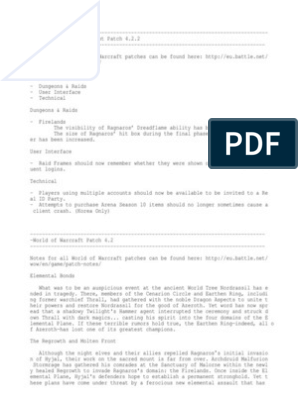0% found this document useful (0 votes)
1K views37 pagesFunctionally Generated Path
1. Functionally generated paths (FGP) refer to the registration of the paths of tooth movement using a plastic medium like wax or stone.
2. FGP relies on recording the pathways traveled by tooth cusps during border movements of the mandible to produce a functional core.
3. The functional core is used to arrange artificial teeth and develop the occlusion for restorations like crowns, bridges, dentures, and implants.
Uploaded by
sabnoorCopyright
© © All Rights Reserved
We take content rights seriously. If you suspect this is your content, claim it here.
Available Formats
Download as PPTX, PDF, TXT or read online on Scribd
0% found this document useful (0 votes)
1K views37 pagesFunctionally Generated Path
1. Functionally generated paths (FGP) refer to the registration of the paths of tooth movement using a plastic medium like wax or stone.
2. FGP relies on recording the pathways traveled by tooth cusps during border movements of the mandible to produce a functional core.
3. The functional core is used to arrange artificial teeth and develop the occlusion for restorations like crowns, bridges, dentures, and implants.
Uploaded by
sabnoorCopyright
© © All Rights Reserved
We take content rights seriously. If you suspect this is your content, claim it here.
Available Formats
Download as PPTX, PDF, TXT or read online on Scribd
/ 37

























































































